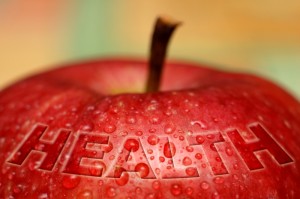Studies show that more than 80 percent of golfers experience back pain or injury at some point while actively playing golf.
In one study of 154 professional golfers, 55% reported a history of low back pain. This pain was of an adequate level to miss at least one tour event, or to play at an unsatisfactory level. Dr. Tom La Fountain is a chiropractor who travels with the PGA tour and regularly provides chiropractic to the pros. Dr. La Fountain reports that up to 85 percent of the injuries on the PGA Tour and Senior Tour relate to the spine, and about 70 to 75 percent of those golfers receive regular chiropractic care. Golfers such as Tiger Woods, Mike Weir, Vijay Singh, and David Duvall have trusted chiropractic for years to help keep them at the top of their game.
“Being a Chiropractic patient has really helped me immensely…lifting weights and seeing a Chiropractor on a regular basis has made me a better golfer. I’ve been going to Chiropractors for as long as I can remember. It’s as important to my training as practicing my swing.”
Tiger Woods
It’s no wonder golfers suffer a lot of back pain. Picture the contortions a golfer’s spine goes through during each and every shot. First, the spine is twisted really far in one direction for the backswing; then, after hesitating for a second, the golfer’s back must suddenly change direction, forcefully twist and bend through the downswing, swinging a driver or three iron at speeds of up to 100 mph, absorb the impact of the golf club hitting an inanimate object, and then continue twisting for the follow-through. This maneuver is then repeated about 70 times (or 180, as the case may be) per game. Once the golfer finally makes his or her way to the green, the golfer is then bent over lining up and standing awkwardly over the ball while trying to sink a putt.
Studies have shown that the chiropractic adjustment can improve the range of motion of spinal joints. No big surprise here. Further, the adjustment can also help to correct improper muscle firing patterns established from previous injuries. What this means to the avid golfer is likely more accuracy, increased muscle efficiency, greater power, and ultimately better performance with less chance of injury. According to Tiger, “Golfers who consistently get it up and down around the green have two things in common: great technique and good posture.” (Golf Digest, February 2001)
Such movement would be hard on even the fittest athlete. That problem is compounded when you consider most golfers are strictly weekend players, mixing this intense activity with long periods of idleness that leave their muscles weak, tight and prone to injury. (This can occur even if the golfer is active in other sports, as the demands on muscles often differ for different activities.) Then, each time the weekend golfer returns to the links and forces these weak or tight muscles into action, it can put excessive stress on the spine and spinal joints resulting in poor spinal joint mechanics. This can decrease power, as well as speed, hand-eye coordination and consistency.
The golf swing isn’t the only aspect of playing the sport that causes golf back pain. There is a lot of walking in golf, even if you take a cart. You have to walk up hills, down hills, and all over the uneven surfaces of the average course. In addition at other times you have to swing and torque your body while positioning yourself on unstable surfaces like hills, tree roots, or sand. Perhaps the worst part of golf for your back though is the simple act of standing. There is a lot of standing around in golf, and just like in everyday life when someone stands they usually shift weight to one side of their body. This tends to tighten muscles on one side while relaxing muscles on the other side.
When a player experiences back pain during a round of golf, their scores suffer and their enjoyment is taken away from the game. There is a higher rate of injury amongst those players with poor flexibility, trunk control, postural control, and improper muscle firing patterns. In addition, back, neck, shoulder and elbow pain will sabotage any golf swing and ruin the golf experience. It shouldn’t be that way and it doesn’t have to. Regular chiropractic treatment can help alleviate golf back pain and injuries and get your game to where it is supposed to be.
Chiropractors can also make nutritional and exercise recommendations such as a specifically designed program of trunk strengthening that emphasizes balance and coordination to help golfers prevent back problems and maintain good spinal health. There are healthy ways to reduce inflammation, so that golfers can avoid over-the-counter painkillers such as ASA or nonsteroidal anti-inflammatory drugs (NSAIDs), which can be harsh on the stomach and can even cause gastrointestinal ulceration. Instead, some foods and natural supplements can provide anti-inflammatory action, while improving overall health. A good example of such a nutritional product is “Natures Relief” manufactured by Adeeva and it is available at the clinic. Ask Kari for more details.
Rehabilitation exercises promote speedier recovery and warm-up exercises can be beneficial before each game. Certain exercises will also help golfers strengthen abdominal muscles to reduce strain on the back muscles. The pros on the PGA Tour know what it takes to play great golf. They also know that being in top physical form reduces injuries and improves performance, which translates into more earnings. The January 2001 issue of Golf Magazine ran an article called Survival of the Fittest in which they contend that physical fitness has become a top priority for many PGA Tour pros. “The PGA Tour has become a sweat shop: Golfers who aren’t physically fit probably can forget about frequent trips to the winner’s circle. Fitness is not only fashionable, it’s an important piece of the professional golf puzzle.” More detail about what you can do will be found in Part 2 – next week’s article.
Regular chiropractic care is not just for golfers but for all of us for the treatment AND prevention of injuries. If you value your leisure time activities, consider scheduling a check up appointment to see if chiropractic care can be of benefit to you!
~Dr. Gertz






